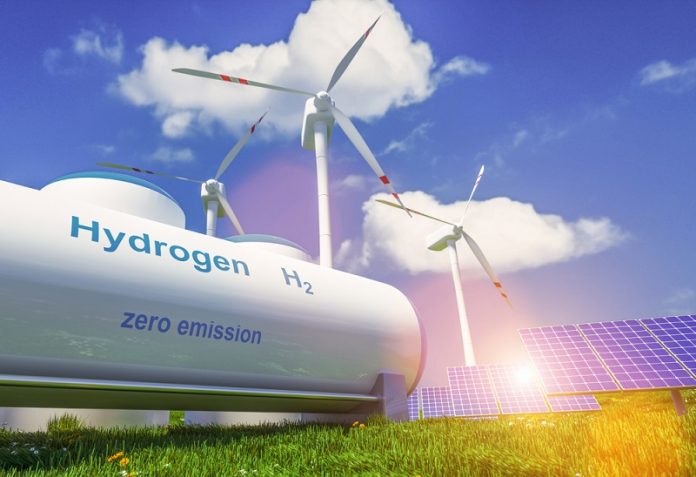Researchers have developed a technology for the energy-efficient and economic separation of hydrogen from natural gas. This membrane technology makes it possible for the two substances to be routed through the national natural gas grid together and then isolated from one another at their final destination. A major step forward in the transportation and distribution of hydrogen as an energy source.
Alongside ceramic-based materials, the potential of other materials such as carbon, for example, is also being researched. This material could play a key role in the movement towards hydrogen as an energy source. Hydrogen is seen as a beacon of hope for establishing a CO2-free energy supply. If hydrogen is collected from renewable sources such as wind and solar power, there are no climate-damaging emissions. But how do we move this “green” hydrogen from the producer to the consumer?
The HYPOS (Hydrogen Power Storage & Solutions East Germany) project initiative is working to solve this dilemma. The aim is to create an intelligent infrastructure of distributor networks and storage stations that will make the clean energy source available to all regions.
Distribution of hydrogen through the natural gas grid
The HYPOS project partners are pursuing the idea, among other approaches, of transporting the hydrogen (H2) along with the natural gas (the principal component being methane, CH4). After all, Germany does have a 511,000-kilometer-long gas grid and 33 gas storage locations. The advantage of this infrastructure is that it allows hydrogen to be fed into the natural gas grid as well. The two substances can be transported together in one line. Once they arrive at the destination, we can separate them from one another again as needed.
This is where carbon comes in. It forms an ultrathin layer on porous, ceramic substrates where it acts as a membrane, separating natural gas and hydrogen from one another. There are various processes involved in membrane production, starting with custom polymer synthesis. Polymers are substances consisting of branched macromolecules. These are then applied to the porous substrate. When the polymer is heated up and starved of oxygen at the same time, it forms a layer of carbon on its surface. The pores in the carbon are less than a nanometer in diameter, and this makes them effective for gas separation. Physical and chemical processes can be employed to adapt the membrane’s separation behavior even further.
During the separation process, hydrogen and natural gas are pushed through the tubular modules. The smaller hydrogen molecules are forced through the pores in the membrane and reach the outside in the form of gas, the larger methane molecules on the other hand are held back. This gives us hydrogen with an 80 percent degree of purity. We then filter the residual natural gas in a second separation step. The end result is a purity of over 90 percent,” explains Simon.
Emission-free power and heat supply in buildings
We can use hydrogen with this degree of purity for various applications: In steel production for example. In high-temperature furnaces, it replaces carbon in the process of reducing iron ore to iron, making an important contribution to cutting CO2 emissions. Hydrogen is also an attractive option for the climate-friendly energy supply to buildings. When combusted, hydrogen generates power and heat, the only by-product is water. Combined heat and power systems (CHP), for example, could supply clean power and heat energy to individual building complexes. We could also conceivably use them in gas-fired boilers.








